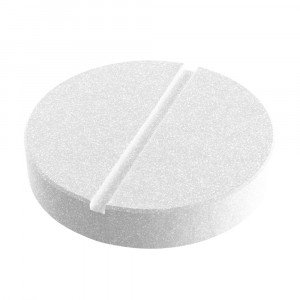 Welcome
Welcome
“May all be happy, may all be healed, may all be at peace and may no one ever suffer."
- A
- B
- C
- D
- E
- F
- G
- H
- I
- J
- K
- L
- M
- N
- O
- P
- Q
- R
- S
- T
- U
- V
- W
- X
- Y
- Z
Spiramycin - Brands
Spiramycin is a macrolide antibiotic produced by Streptomyces ambofaciens. It is active against the following Gram-positive organisms: Staphylococcus aureus (including penicillin resistant strains), ß-haemolytic streptococci, Streptococcus viridans, Streptococcus faecalis and Streptococcus pneumoniae, Corynebacterium diphteriae, clostridia. Except for Bordetella pertussis, Hemophilus influenzae (approximately 50% of strains) and neisseria, gram-negative organisms are generally considered as resistant to spiramycin. Bacterial resistance to spiramycin has been reported to develop, including cross-resistance between spiramycin and erythromycin. However, most of the erythromycin-resistant strains of S. aureus are still sensitive to spiramycin.
Pharmacology
The mechanism of action of macrolides has been a matter of controversy for some time. Spiramycin, a 16-membered macrolide, inhibits translocation by binding to bacterial 50S ribosomal subunits with an apparent 1 : 1 stoichiometry. This antibiotic is a potent inhibitor of the binding to the ribosome of both donor and acceptor substrates. The primary mechanism of action is done by stimulation of dissociation of peptidyl-tRNA from ribosomes during translocation.
To be happy, beautiful, healthy, wealthy, hale and long-lived stay with DM3S.
